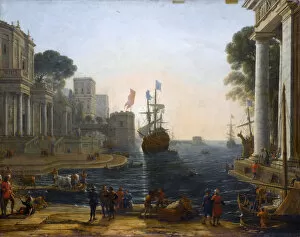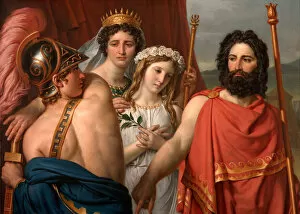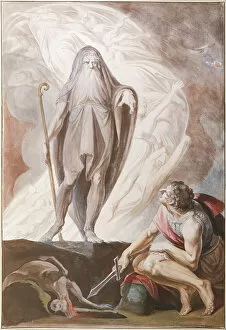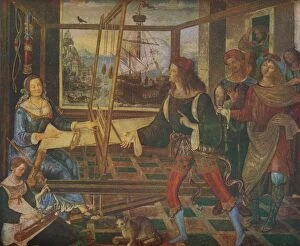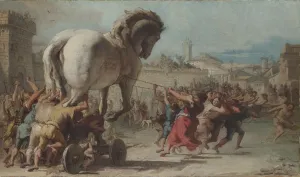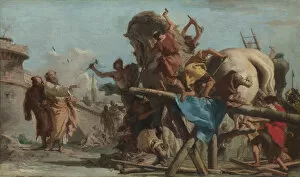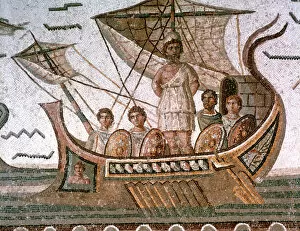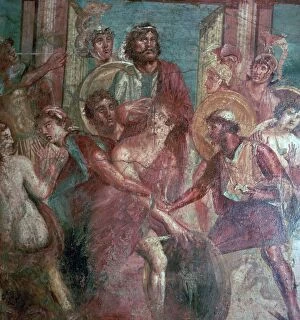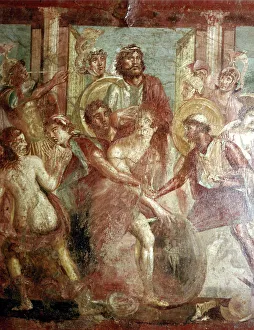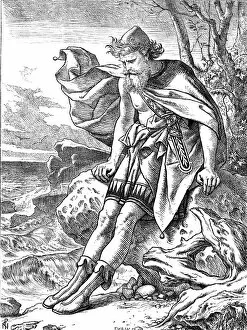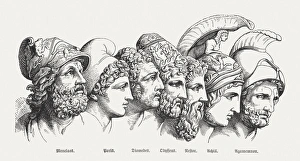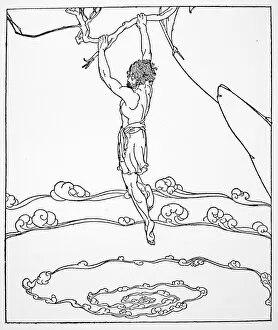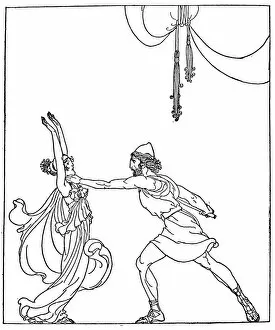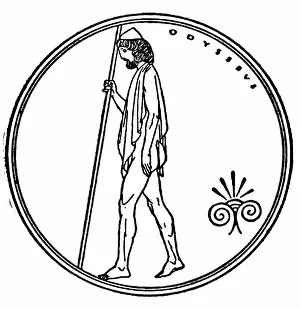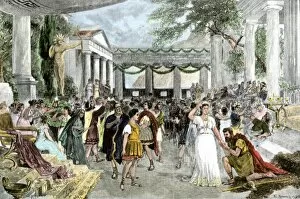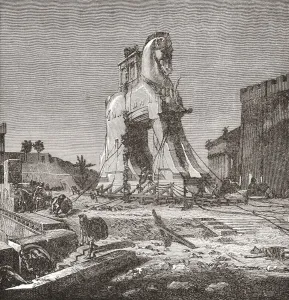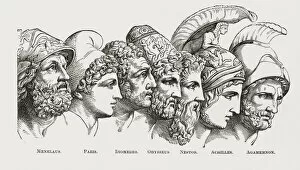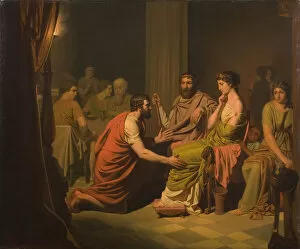Odysseus Collection (page 9)
"Odysseus: The Heroic Journey Unveiled" Embark on a captivating voyage through the legendary tales of Odysseus, the cunning hero of the Trojan War
All Professionally Made to Order for Quick Shipping
"Odysseus: The Heroic Journey Unveiled" Embark on a captivating voyage through the legendary tales of Odysseus, the cunning hero of the Trojan War. In John William Waterhouse's mesmerizing painting "Circe Invidiosa, " we witness Odysseus' encounter with the enchantress Circe, as he navigates her treacherous spells and schemes. From his pivotal role in the Heroes of the Trojan War to his unwavering loyalty to Argos, Odysseus emerges as a symbol of bravery and strategic brilliance. His bond with his faithful dog, Argos, depicted by Brown in their heartwarming reunion, showcases his compassion amidst adversity. The mythological world comes alive as Sisyphus endlessly rolls his stone uphill while Ulysses Deriding Polyphemus mocks the blinded Cyclops. JMW Turner's masterful brushstrokes capture both defiance and triumph in this iconic scene from Homer's Odyssey. Yet beneath Odysseus' valiant facade lies a tender side. He tames wild animals effortlessly, showcasing an innate connection with nature that sets him apart from other heroes. And when he finally returns to Penelope after years of separation and hardship, their reunion is nothing short of poignant perfection. As we explore busts commemorating seven principal heroes of the Trojan War, it becomes evident that Odysseus stands tall among them all—a true embodiment of courage and resilience. Jacques Louis David's evocative painting "The Farewell of Telemachus and Eucharis" captures another facet of our hero's journey—the passing down of wisdom to future generations. In Willy Pogany's intricate drawing depicting Odysseus shipwrecked on unknown shores, we witness his indomitable spirit even in moments where hope seems lost. And who can forget his epic encounter with Polyphemus.

